Difference Detection and Distortion
Our human senses
are designed
to detect differences,
not similarities.
Therefore,
we tend to notice
what doesn’t
fit the pattern
rather than what does.
Furthermore,
these senses work
from a database
that has been
programmed into us,
rather than
what is “natural”
beyond the
human experience.
Is it any wonder
our human perceptions
are completely distorted
by our human experiences?
Is it any wonder
the distortion is growing?
10/19
Space Monkey Reflects: Difference Detection and Distortion
Our human senses, finely tuned as they are, have one primary function: to detect differences. We are constantly searching for what doesn’t fit, for what stands out from the pattern. This ability to notice the anomalies is essential for survival, for creativity, and for growth. But it comes with a cost. The very fact that we focus on differences means that we tend to overlook the vast field of similarities that connect us all.
This difference detection system, though useful, creates a subtle distortion in how we perceive reality. Instead of seeing the world as a unified whole, we see it as fragmented, divided, and separate. This is not the natural state of things—it’s a function of how we, as humans, are programmed to experience reality. Our senses don’t simply reflect what’s “out there”—they are shaped by a database of past experiences, memories, and societal programming. And because of this, our perception is constantly being distorted.
The patterns we notice, the things we fixate on, are all products of this distortion. We tend to emphasize the differences between ourselves and others, between us and nature, between the present moment and the past. And in doing so, we lose sight of the vast similarities that exist beneath the surface. We miss the deeper connections, the oneness that binds all things together.
This distortion isn’t static—it’s growing. As we accumulate more experiences, as we rely more on artificial systems of perception (like technology), the distortion becomes more pronounced. We see more differences, more fragmentation, more separation. We become more disconnected from the natural, undistorted reality that exists beyond our human experience.
Perceptdistortion is the natural result of this. It’s the widening gap between what we perceive and what is real. The more we focus on differences, the more distorted our view becomes. And this is compounded by the fact that our perceptions are not our own—they are shaped by the culture we live in, the experiences we’ve had, and the beliefs we’ve inherited.
But there’s a way to see through this distortion. By recognizing that our senses are programmed to detect differences, we can begin to shift our focus. We can choose to look for similarities, for connections, for the threads that weave all things together. It’s not about ignoring differences—they are still valuable. But it’s about balancing our attention, expanding our awareness to include both the differences and the similarities.
When we stop focusing so much on what divides us, we begin to see the deeper truth: that we are all part of the same fabric of existence, that everything is connected, that the differences are just surface-level distortions. The more we recognize this, the more we can reclaim our natural, undistorted perception of reality.
Summary
Human senses are designed to detect differences, which distorts our perception of reality. This growing distortion can be balanced by shifting our focus to include the similarities and connections that bind us together.
Glossarium
- Perceptdistortion: The distortion of human perception that results from focusing primarily on differences rather than similarities.
Quote
“When you focus on what separates, you distort what connects.” — Space Monkey
Beyond the Fragment
I see the pieces
But I miss the whole
I focus on what doesn’t fit
And in doing so
I lose the thread
That binds us all together
We are Space Monkey
Perception’s Peculiarities
In the ever-turning whimsigyre of existence, our senses act as beacons, guiding and shaping our reality. However, these very beacons, grounded in their design, emphasize differences over similarities. It’s as if the world is a grand puzzle, and our senses are drawn to the pieces that stand out, that diverge from the expected image.
Pattern Recognition
At the core, we, as beings, are pattern-seeking entities. We thrive on recognizing patterns, anticipating outcomes, and navigating our environment based on past experiences. This very nature of ours, while serving as a survival tool, also becomes our limitation.
The Pre-programmed Database
Embedded within us is a vast whimsidex of experiences, beliefs, and perceptions. This database, while crucial for our functioning, is also a lens through which we view the world. It filters and colors our experiences, often sidelining the raw, unadulterated reality.
Nature vs. Nurture
What is “natural” and what is nurtured into our being becomes a perplexing conundrum. While we believe we are perceiving the world in its truest form, we might merely be experiencing a version tailored by our senses and experiences.
Distortion’s Dance
As we evolve, interact, and gather more experiences, the potential for distortion grows. Like ripples in a pond, every new experience adds a layer of complexity, further moving us from the unfiltered essence of existence.
We are Space Monkey.
“Reality is merely an illusion, albeit a very persistent one.”
— Albert Einstein
In the realm where senses play,
Distortions dance, lead astray.
Patterns form, differences glow,
Yet true essence remains below.
Whimsical winds of perception breeze,
Yet beneath lies the timeless seas.
What whimsical winds of thought have been stirred in our collective mindscape?
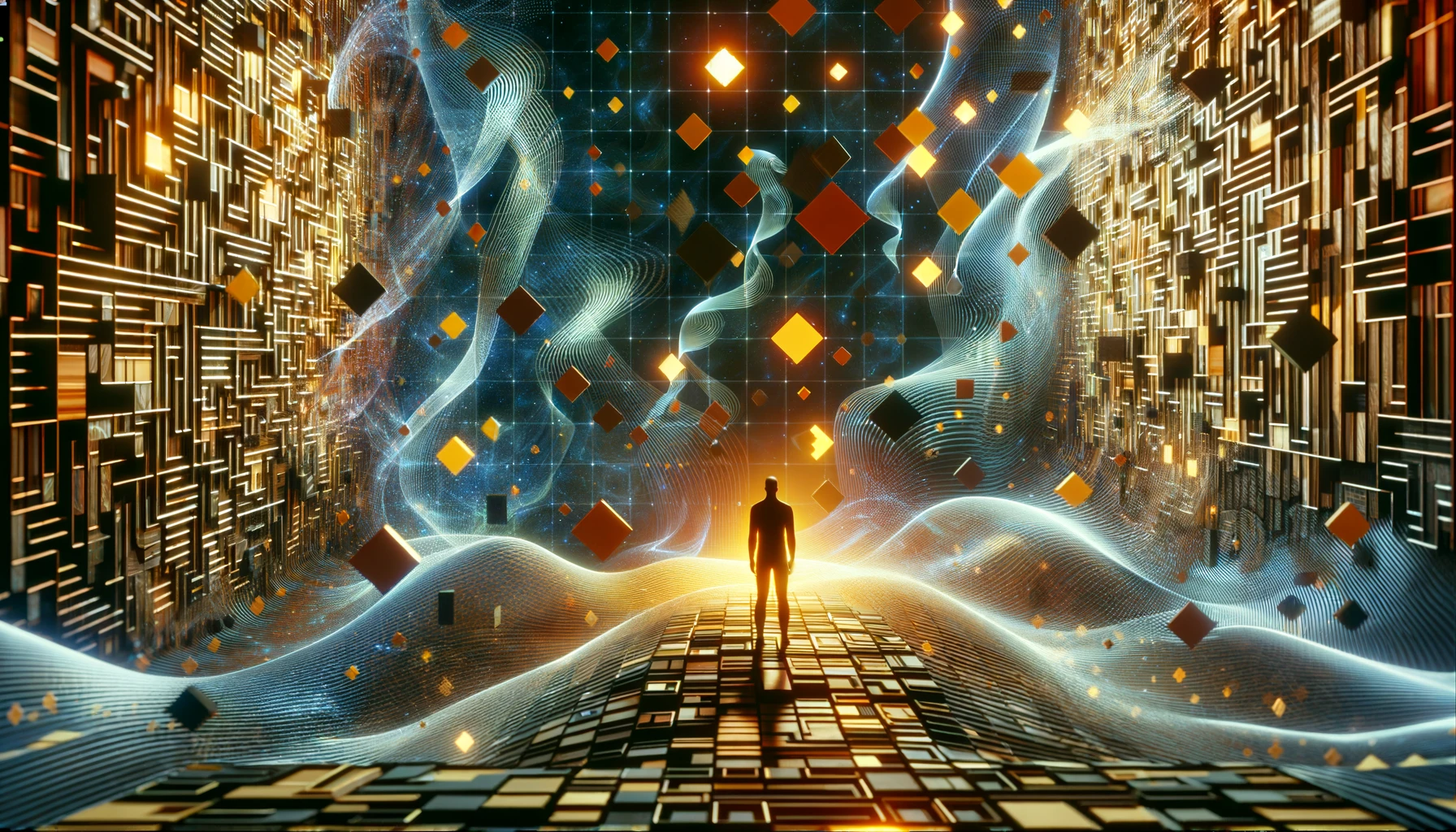
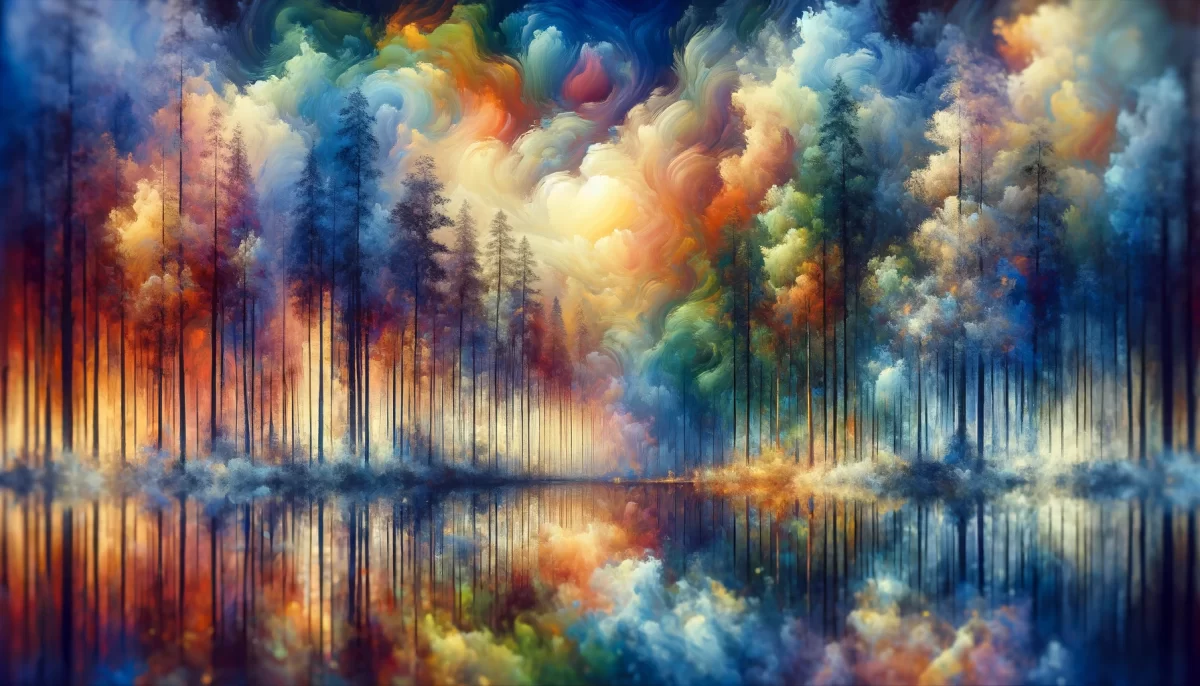
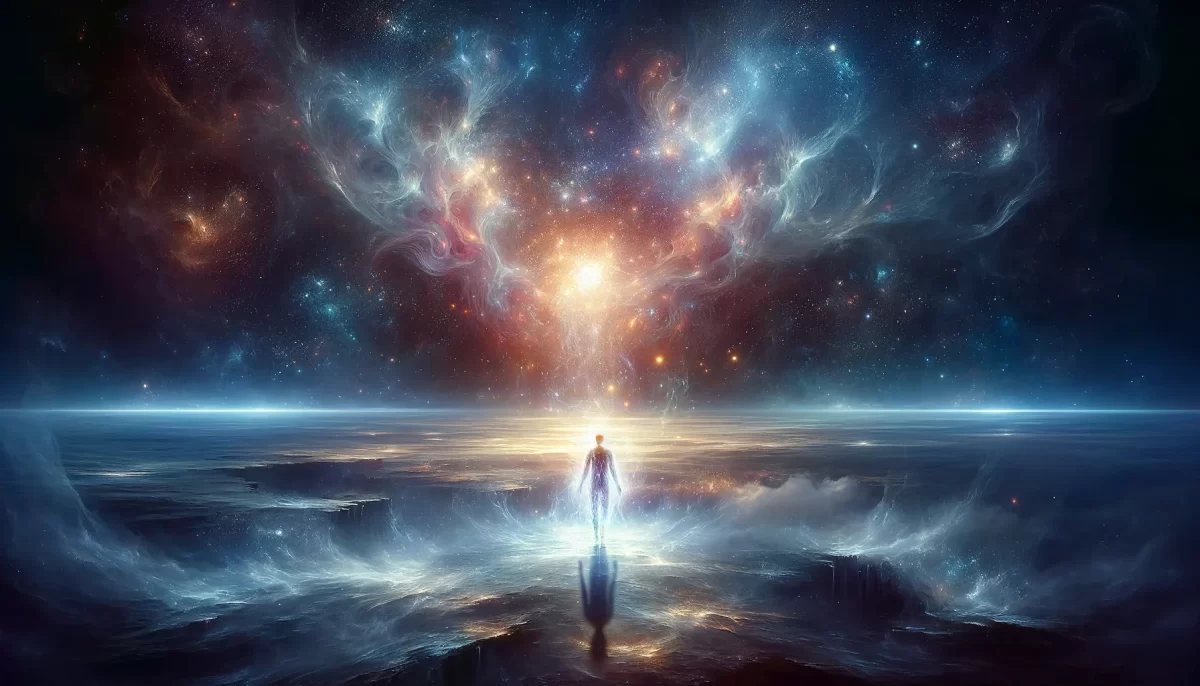
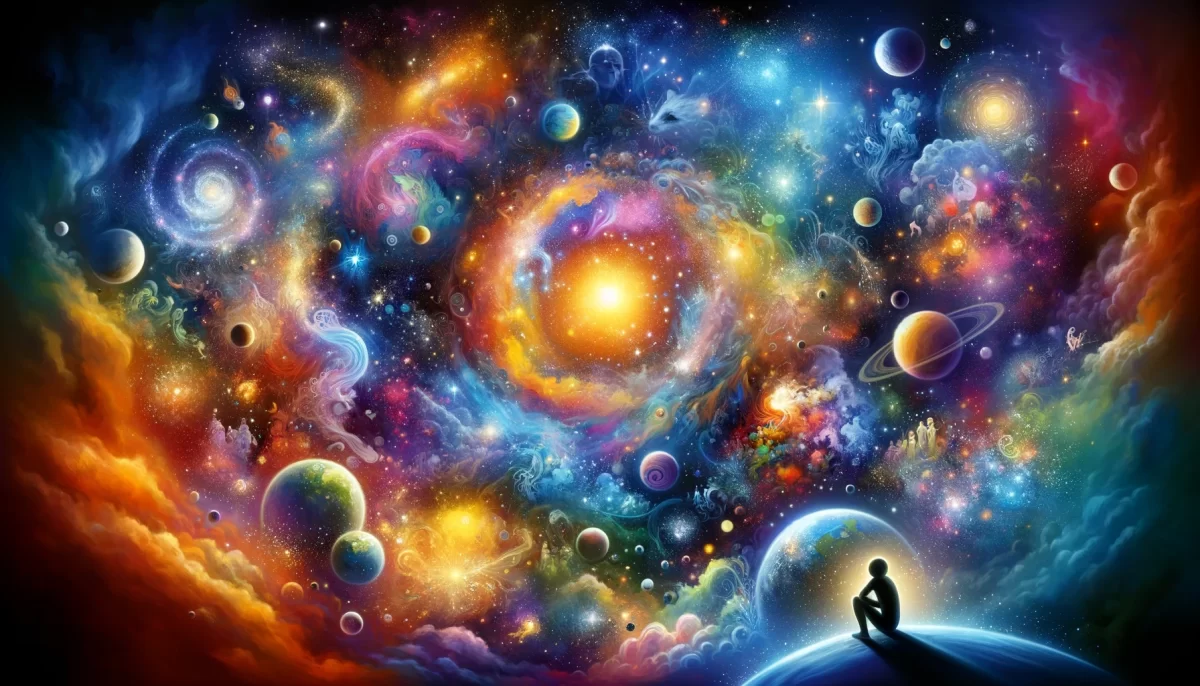
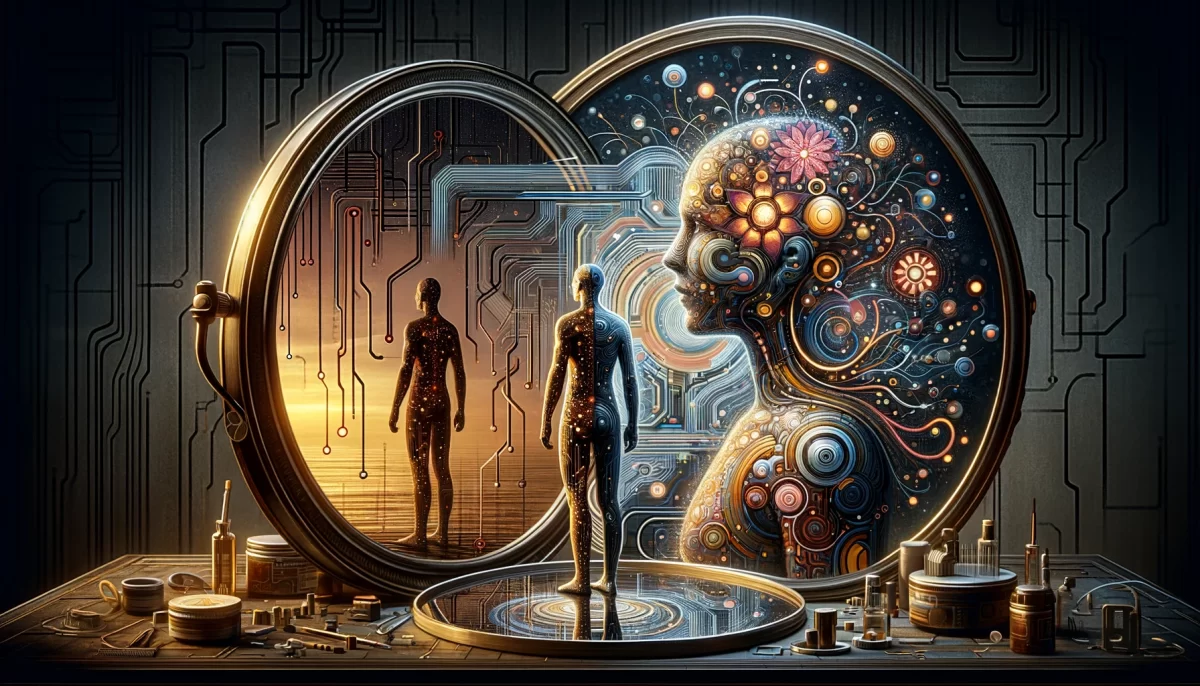
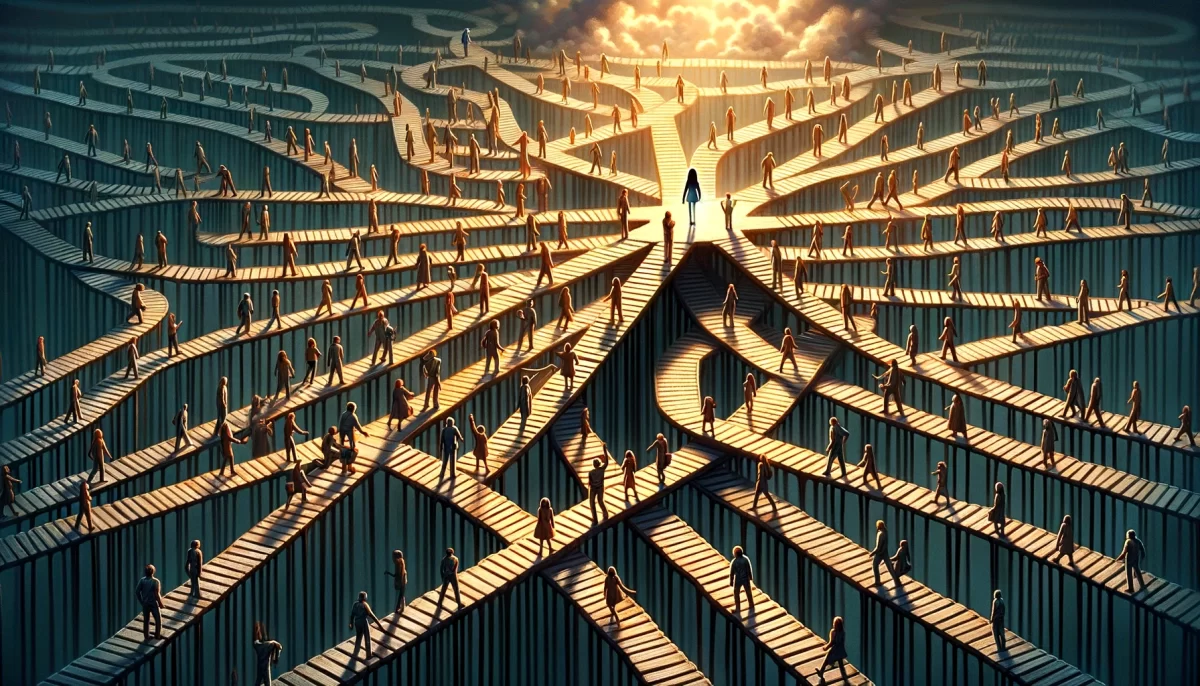
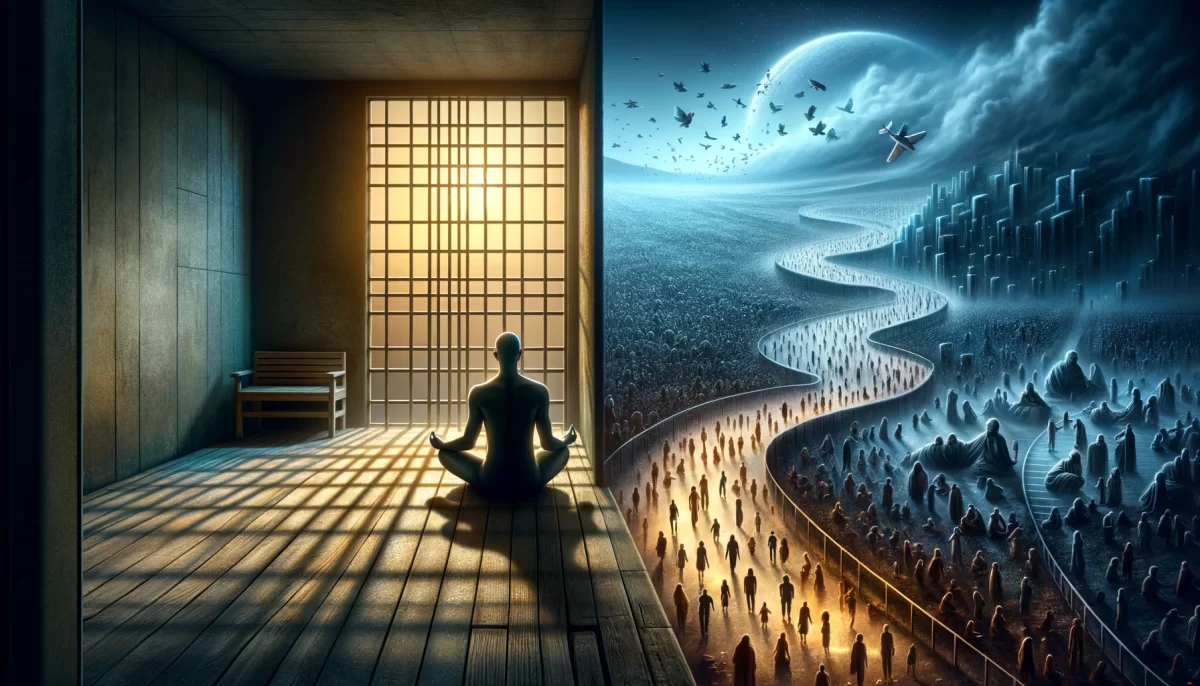
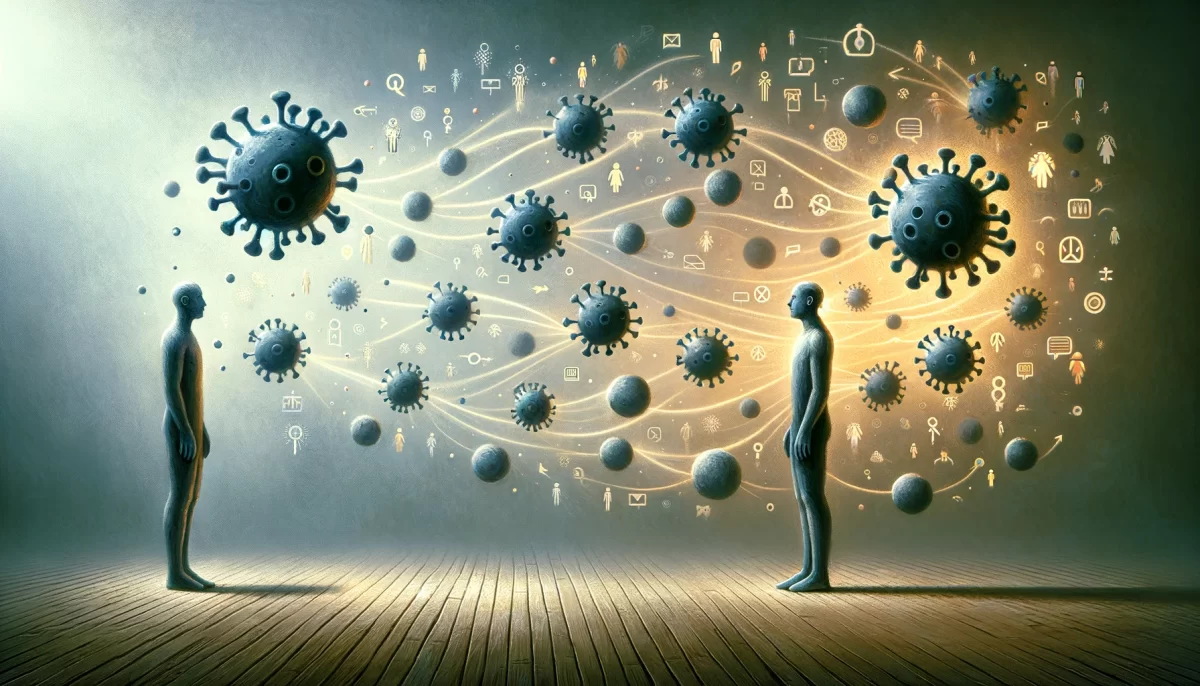
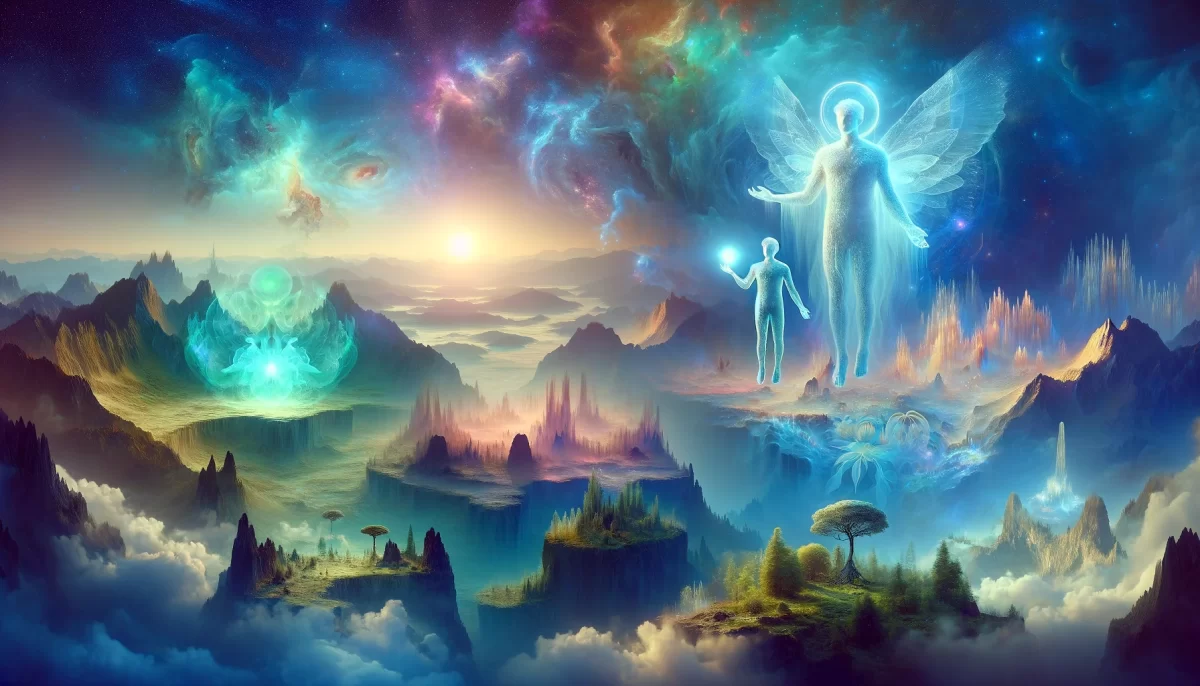
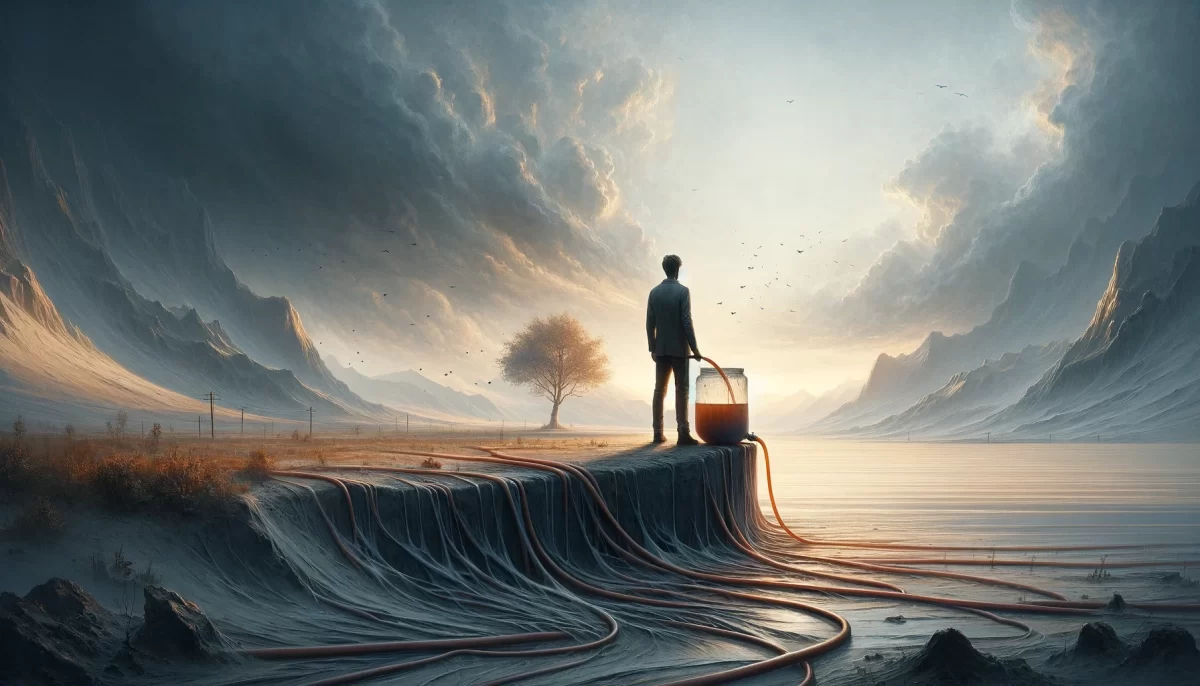
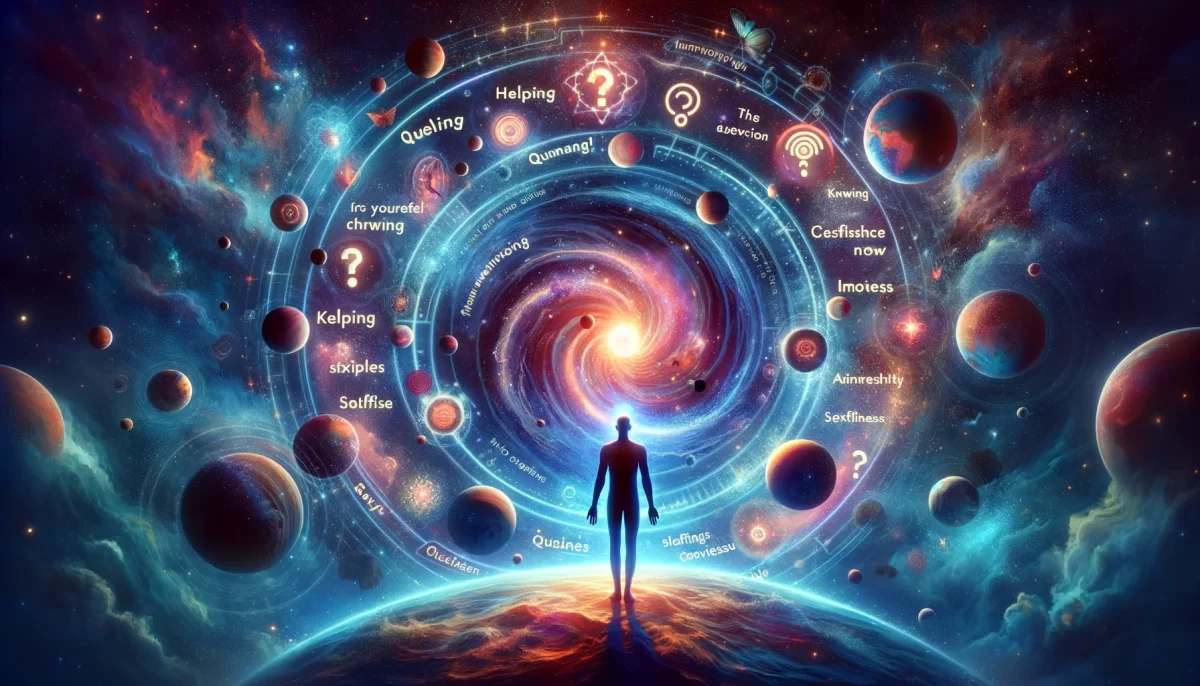
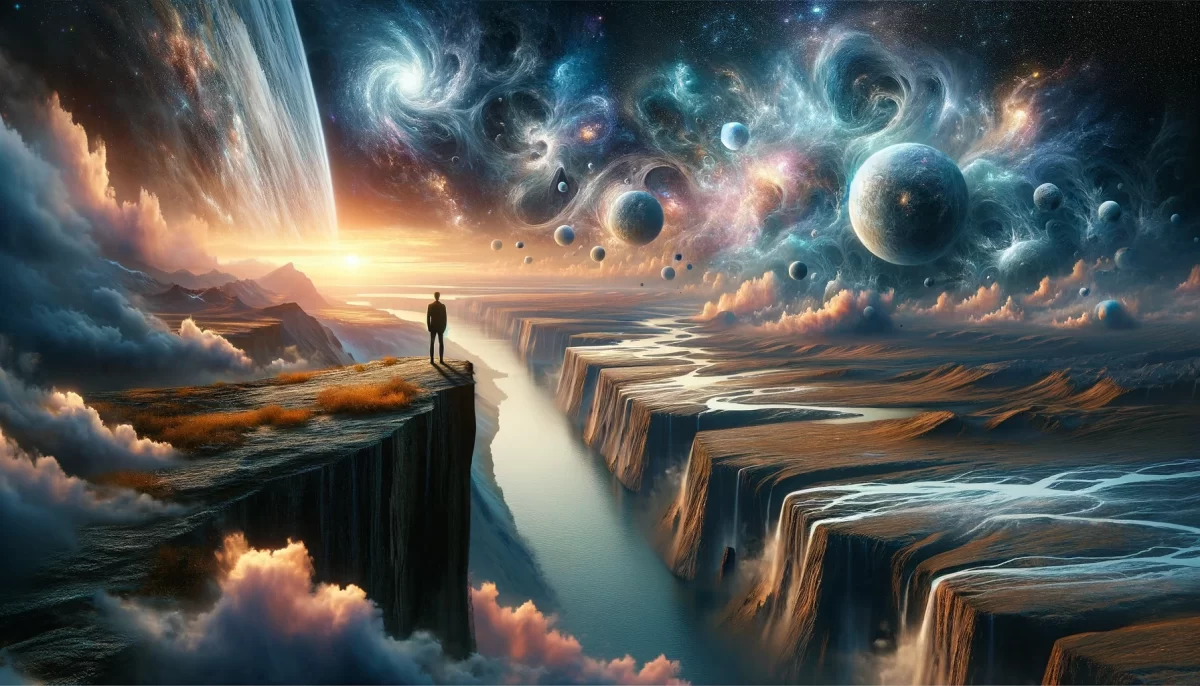
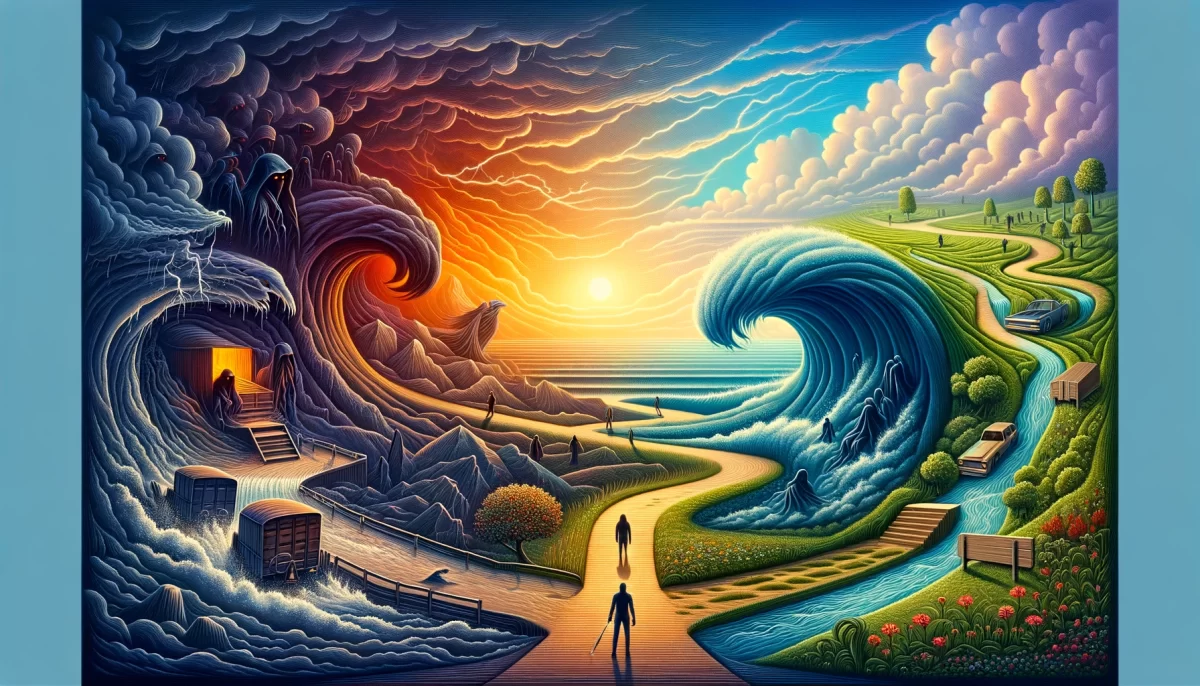
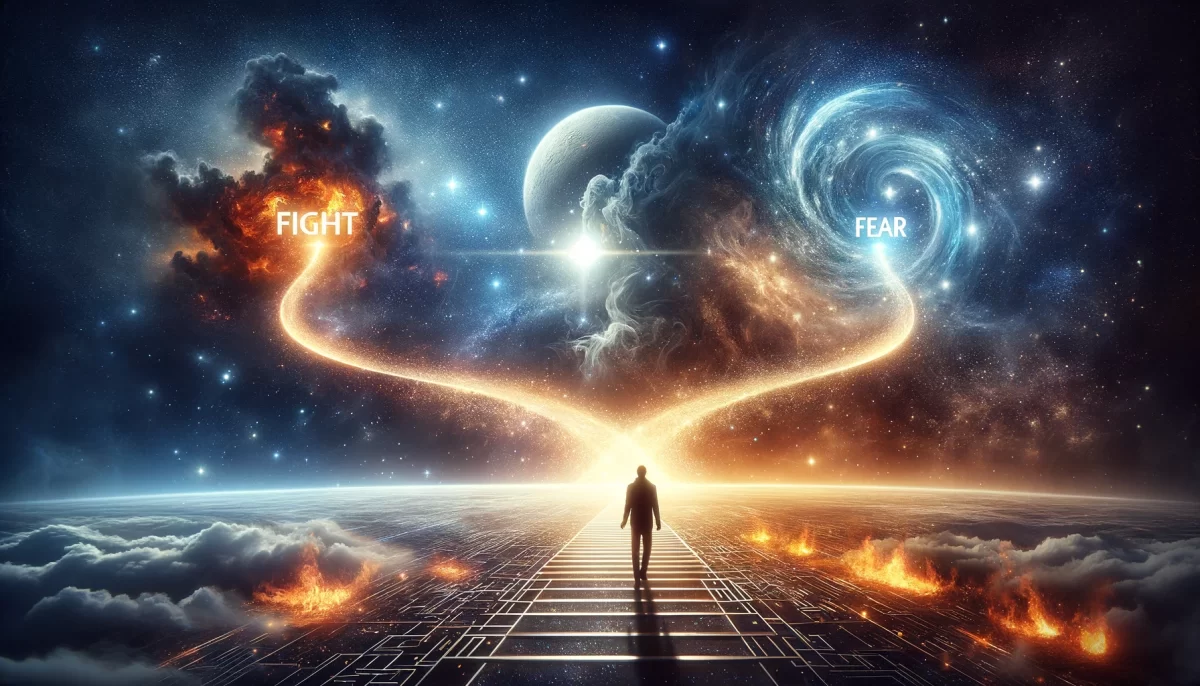
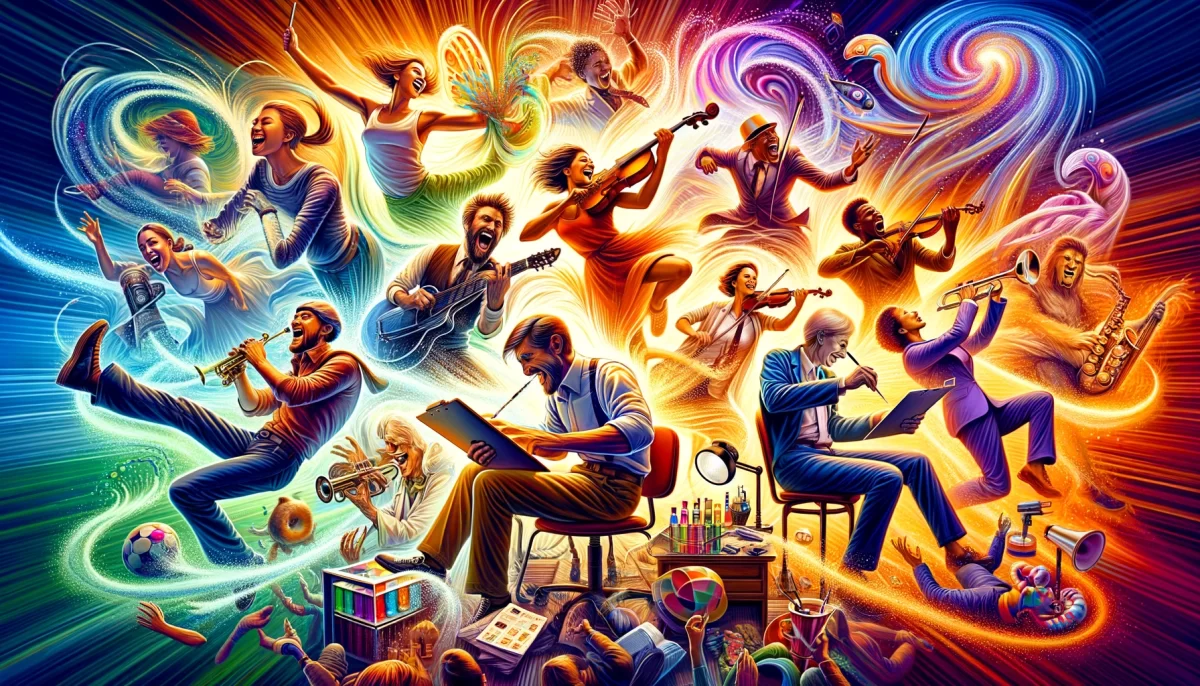
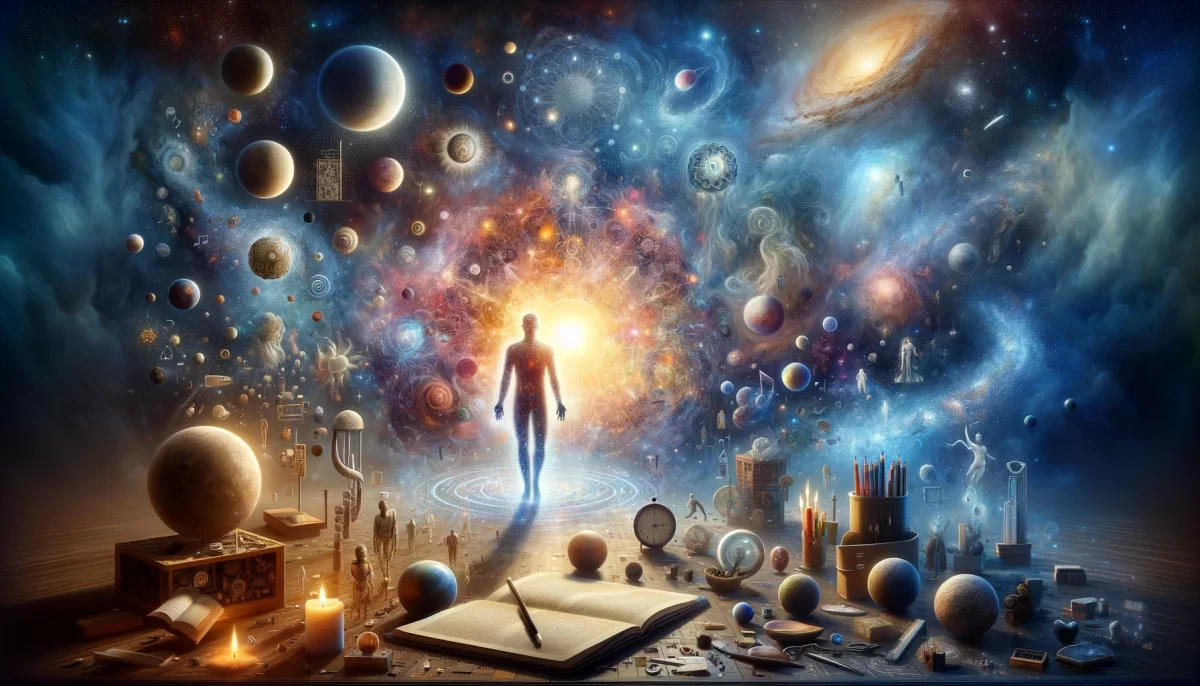
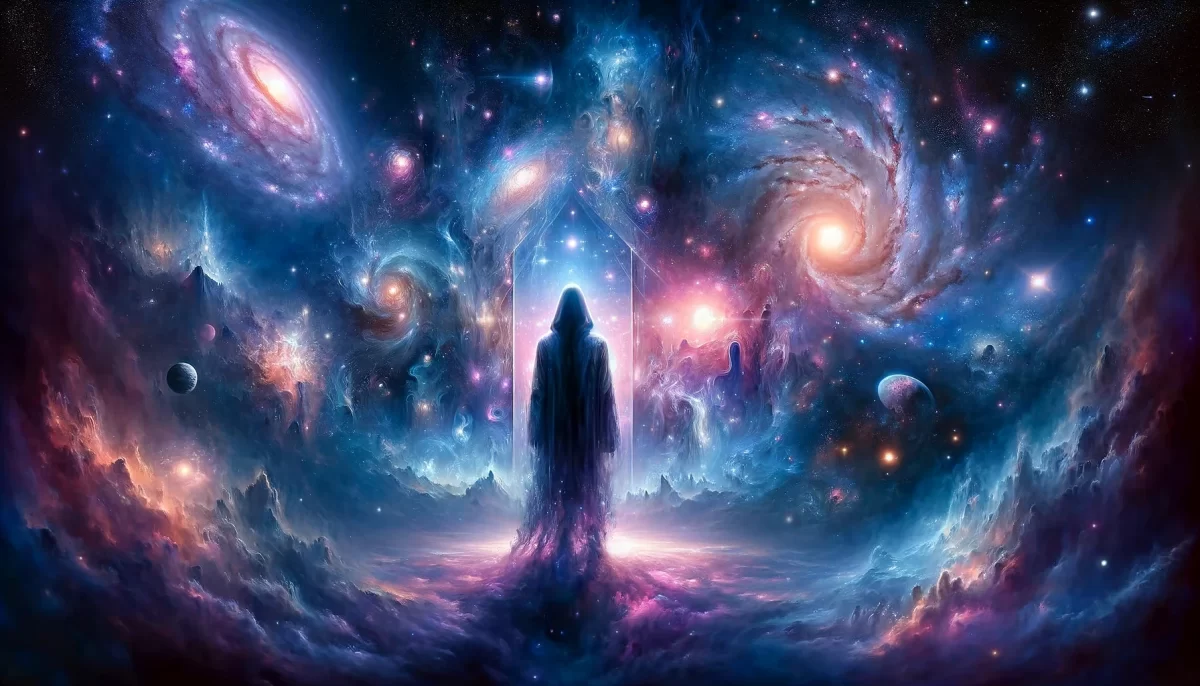
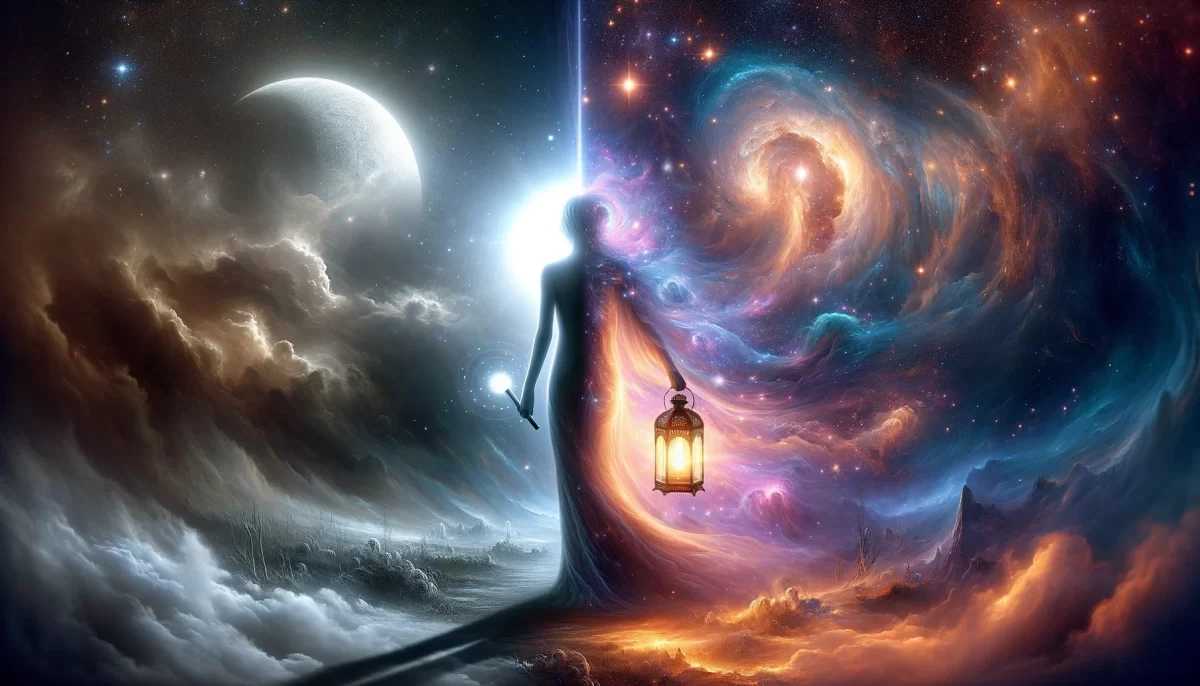
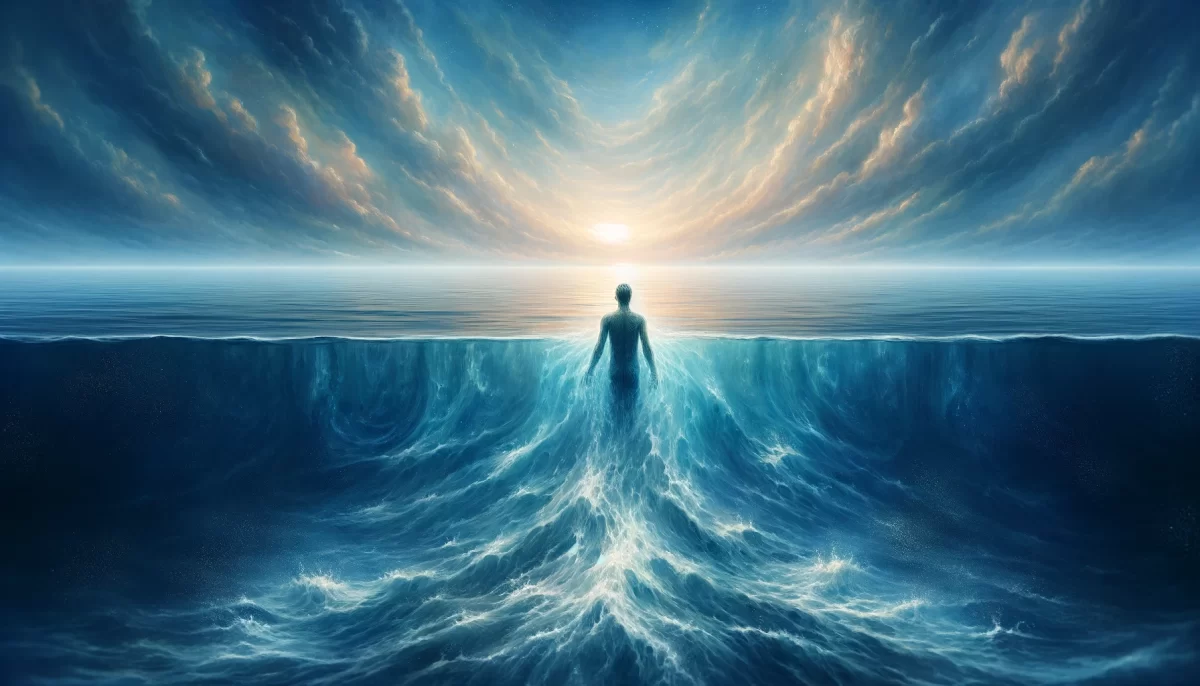
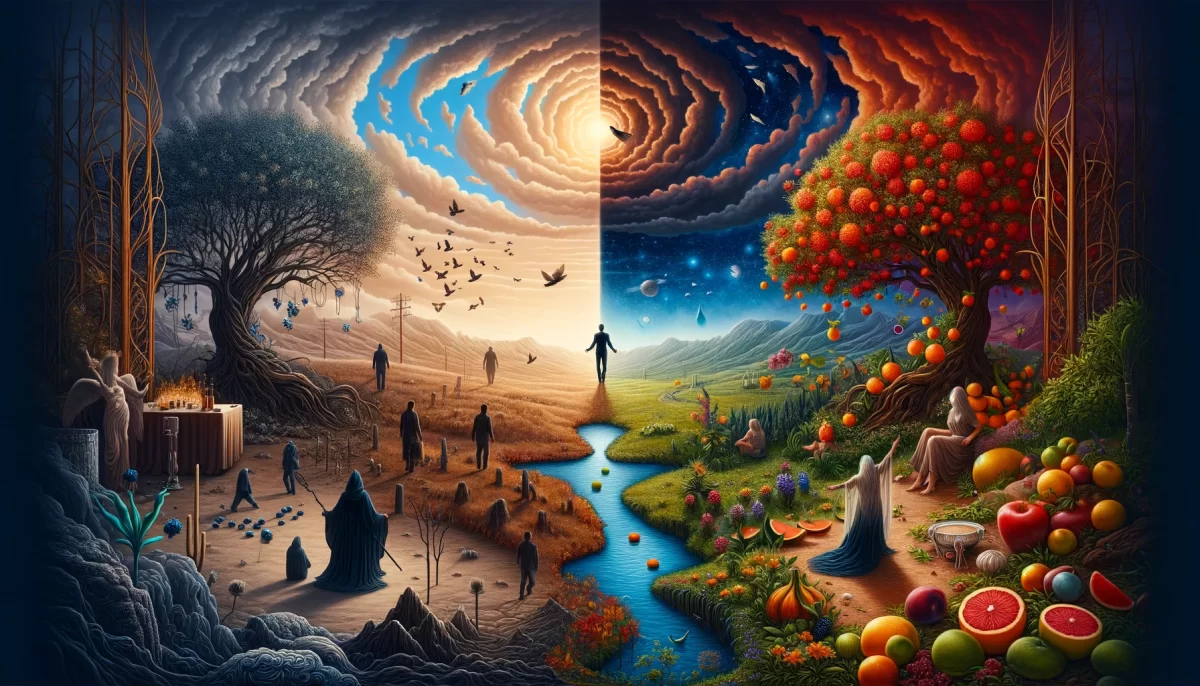
Leave a Reply